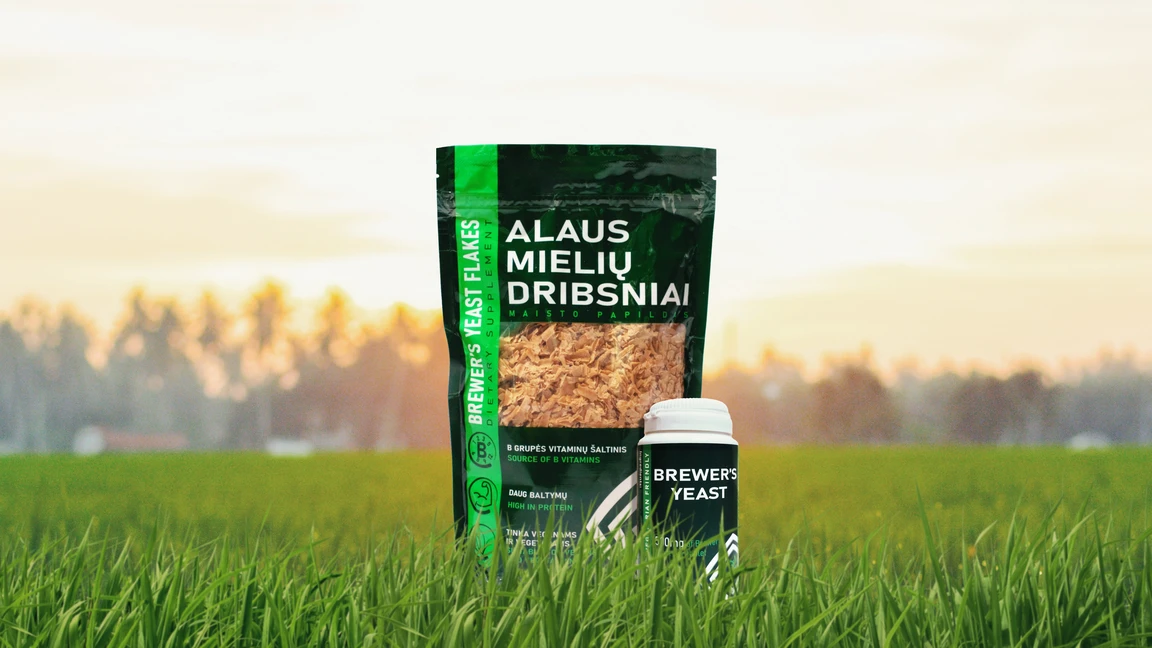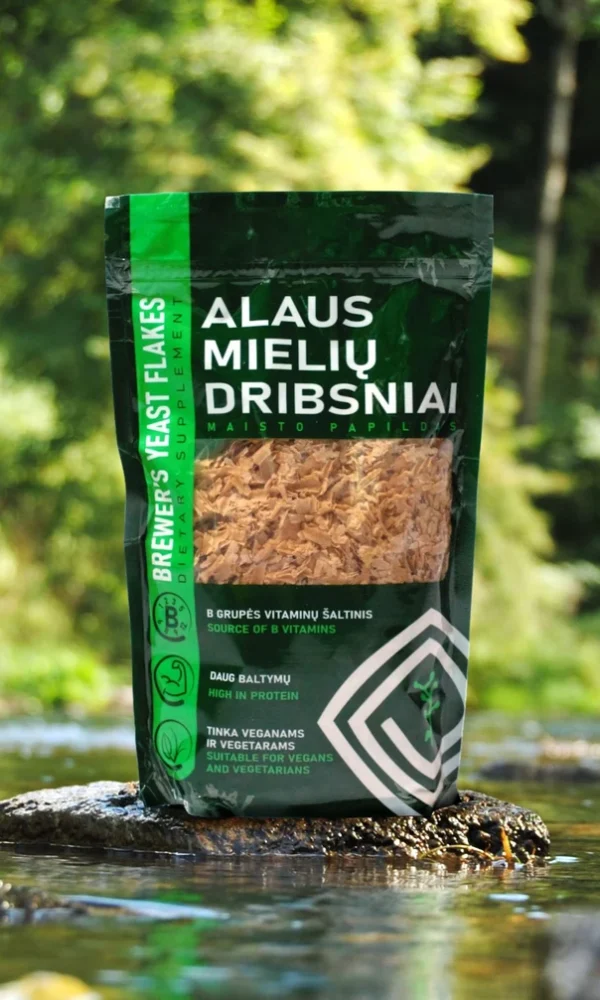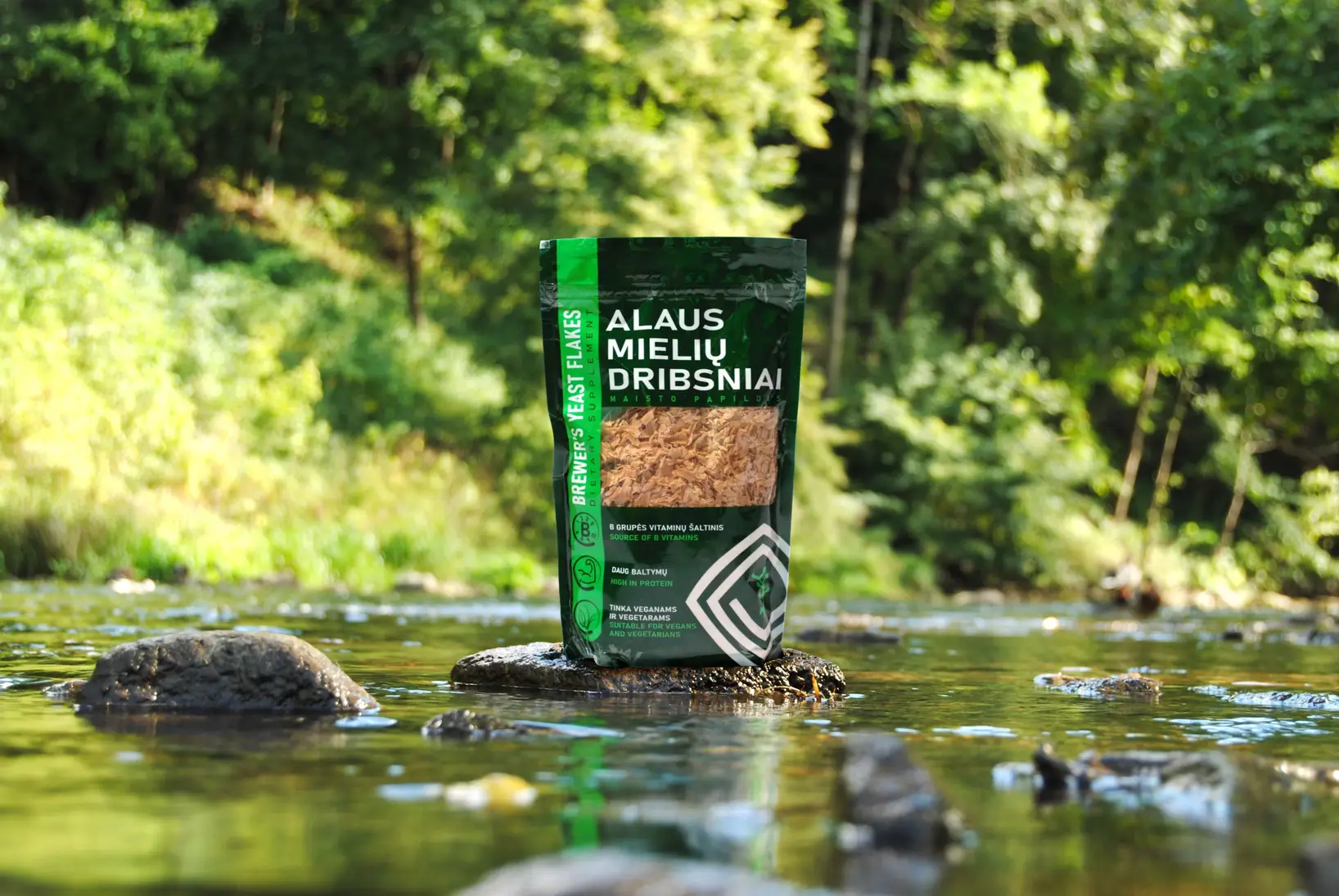Understanding the Difference Between Inactive and Active Brewer’s Yeast
What is Brewer’s Yeast?
Brewer’s yeast is a type of yeast that is commonly used in the brewing industry to ferment beer. However, it is also gaining popularity as a nutritional supplement due to its high content of vitamins, minerals, and protein.
Active Brewer’s Yeast
Active brewer’s yeast, also known as Saccharomyces cerevisiae, is live yeast that is still capable of fermentation. It is often used in baking and brewing to help dough rise and create carbon dioxide bubbles in beer.
Active brewer’s yeast is a rich source of B vitamins, including thiamine, riboflavin, and niacin. It also contains essential amino acids and minerals like selenium, zinc, and iron.
Inactive Brewer’s Yeast
Inactive brewer’s yeast, on the other hand, is yeast that has been deactivated through the process of drying. This means that it is no longer capable of fermentation.
Despite being inactive, this form of brewer’s yeast still retains its nutritional value. In fact, it is often considered a more concentrated source of nutrients compared to active brewer’s yeast.

Nutritional Benefits of Inactive Brewer’s Yeast
It is a powerhouse of nutrients. It is a complete protein source, meaning it contains 16 essential amino acids that the body needs. This makes it an excellent choice for vegetarians and vegans.
Additionally, it is rich in B vitamins, including thiamine, riboflavin, niacin, and pantothenic acid. These vitamins play a crucial role in energy production, nerve function, and maintaining healthy skin, hair, and nails.
Furthermore, it is a good source of minerals like chromium, selenium, zinc, and iron. These minerals support immune function, promote healthy digestion, and help maintain healthy blood sugar levels.
How to Use Inactive Brewer’s Yeast
It is available in flakes, powder or tablet form. It has a slightly bitter taste, which can be masked by mixing it into smoothies, juices, or yogurt. It can also be sprinkled over salads, soups, or roasted vegetables for an added nutritional boost.
It is important to note that it is not recommended for individuals with yeast allergies or those who are sensitive to yeast products. As with any supplement, it is always best to consult with a healthcare professional before adding it to your diet.
 sale
saleBrewer’s yeast (180 tablets)
Original price was: €5.49.€3.99Current price is: €3.99.
 sale
saleBrewer’s yeast flakes 150g
Original price was: €4.99.€3.99Current price is: €3.99.
 sale
saleBrewer’s yeast 1+1
Original price was: €10.48.€7.34Current price is: €7.34.

Brewer’s yeast powder 10kg
€24.20 – €35.09
Conclusion
Both active and inactive yeast offer unique benefits. Active form is commonly used for baking and brewing, while inactive form is a concentrated source of nutrients. Incorporating inactive brewer’s yeast into your diet can provide you with an array of vitamins, minerals, and protein to support overall health and well-being.




